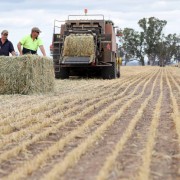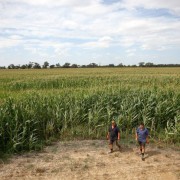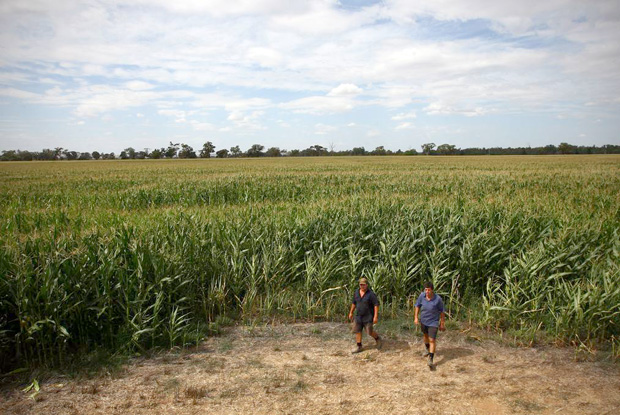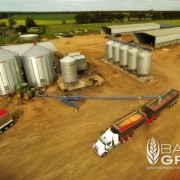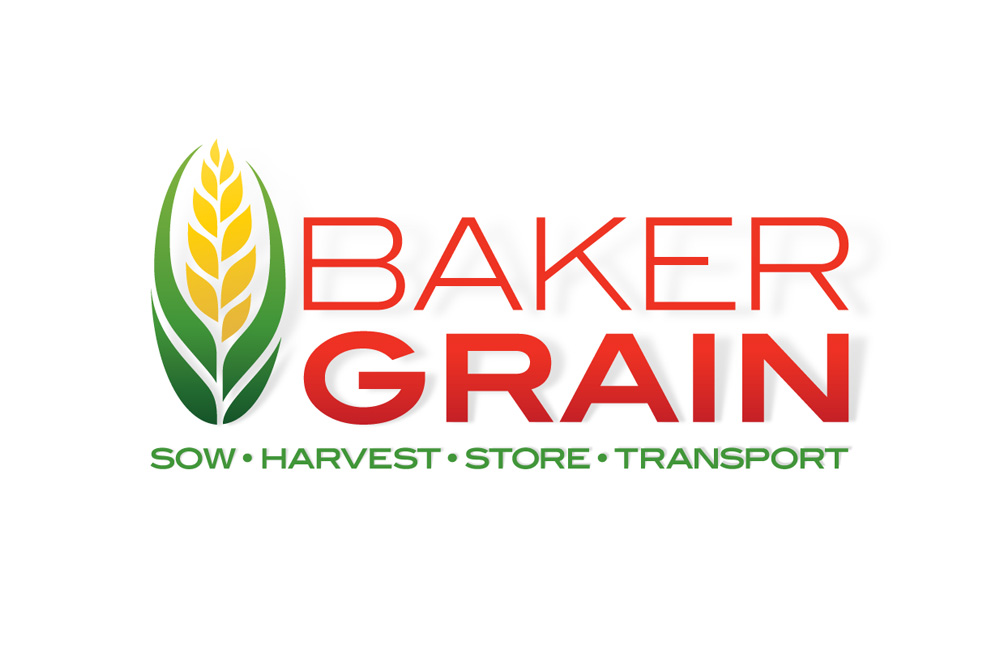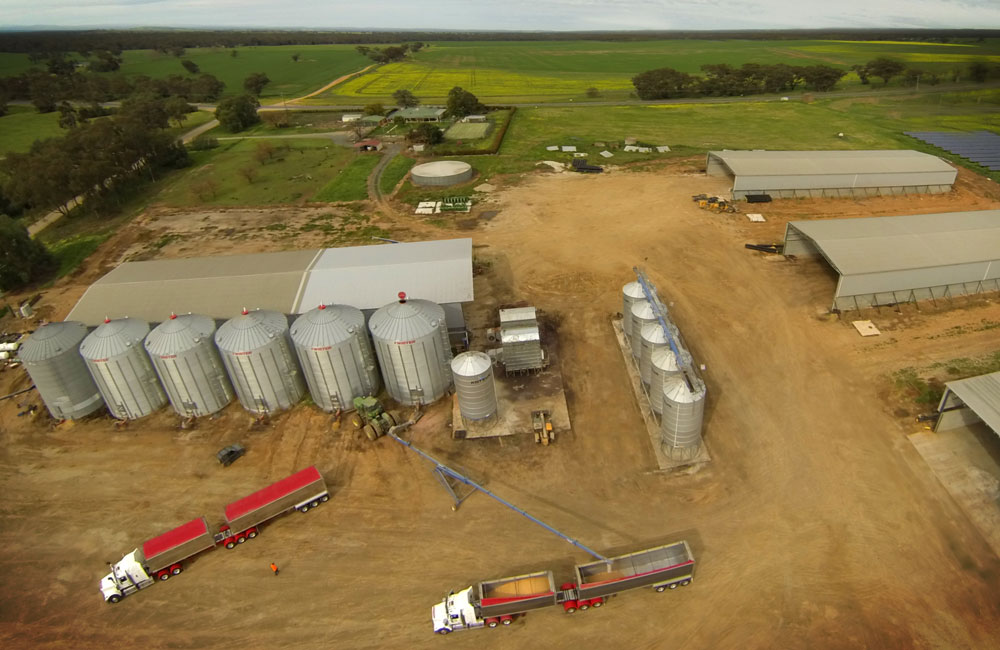Cereal statistics paint a grim picture
The statistics from “Belgium” at Howlong are depressingly similar to so many others in southern NSW and regional Victoria after recent frosts slammed cropping country west of the Great Dividing Range.
Wheat crop: 85 per cent ruined and only fit for hay;
Canola: 100 per cent wipeout;
Barley: Looks to be safe.
But as heartbreaking as those statistics are Richard Baker, who runs the property with his brothers Peter and Paul and dad Barry, is matter-of-fact about the situation.
“It’s not easy to accept, but it’s farming,” he said.
“We are now cutting about 600 hectares of wheat and all of our canola for hay.
“We made the decision to cut 120 hectares of wheat immediately after the frost and the rest of that we are cutting four days later.
“Across the region more damage is becoming apparent than was first thought.
“People can be a bit naive but the full extent of what has happened is now hitting home.”
Richard said their cause was not helped by the fact their crops were sown a bit later than others and their ground was flat.
“However, because of that the effect of the frost becomes apparent much quicker,” he said.
“There is going to be a glut of hay on the market but farmers need the money and will have to take what they can, although you are not going to sell it if you don’t get more for it than what it cost you to make.
“Before the frost, cereal hay was selling for about $160 tonne but we’ll just have to see what price it will bring now.”
The Bakers are not running any livestock at the moment and normally that would leave them in a situation with all their eggs in the one basket.
But apart from Belgium Seeds, the family also owns a grain storage facility, Baker Grain Storage, which stores grain for major corporation Cargill, and a grain transport business.
“We run five trucks and although there won’t be much grain to cart we also have trailers for carrying hay,” Richard said.
“Which is handy because we will be looking at transporting hay up to northern NSW and southern Queensland.
“But another downside is we have just bought two new headers. At least we will have something to harvest I suppose.”

